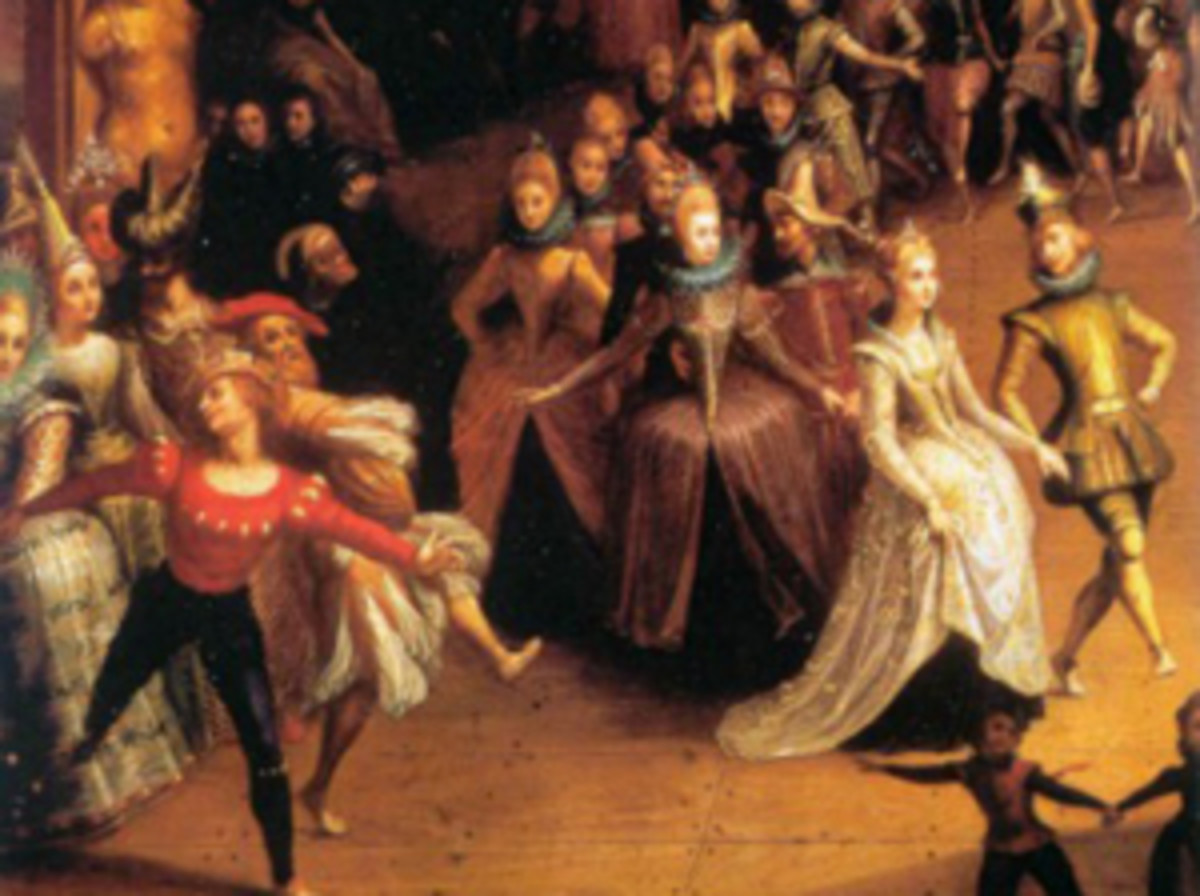The Feast of the Epiphany occasioned much merriment--and expense--at the French court during the Renaissance. The tradition of sharing a galette des rois--a cake containing a concealed bean--traces back to early sixteenth century celebrations of Twelfth Night. The person who found the bean in his or her piece of cake became the de facto ruler for the duration of the festivities. Whereas in England the choice of a "king," or Lord of Misrule, predominated, across the channel it was the election of the "Queen of the Bean" that evolved into an elaborate ritual.Share
According to Robert Knecht in his book The French Renaissance Court (p. 75-76), it was custom at the court of François I to chose not only a Queen of the Bean, but a bevy of eighteen ladies to attend her. The women wore beautiful new clothes, which the King provided: undergarments of crimson velvet with slashed sleeves held together by gold clasps and outer garments of grey satin fringed with velvet and lined with mink. Matching belts, necklaces and bracelets complemented the attire; the Queen wore a plumed bonnet atop a long golden or silver snood adorned with precious stones. When it was time for supper, the Queen of the Bean rose from her seat next to the true queen, Eléanore, and took the King's hand. The monarch led her and her ladies into the hall where two tables had been set. The Queen of the Bean sat above Queen Eléanore, the dauphin's wife Catherine de' Medici, and the King's sister Marguerite de Navarre at the shorter table; the King joined the eighteen attendants at the second table. During the meal, the Bean Queen was served with the ceremony normally reserved for the real queen, who surrendered any precedence during the twenty-four hours of her rival's reign.(Read more.)
What Child is This?
1 week ago


















No comments:
Post a Comment